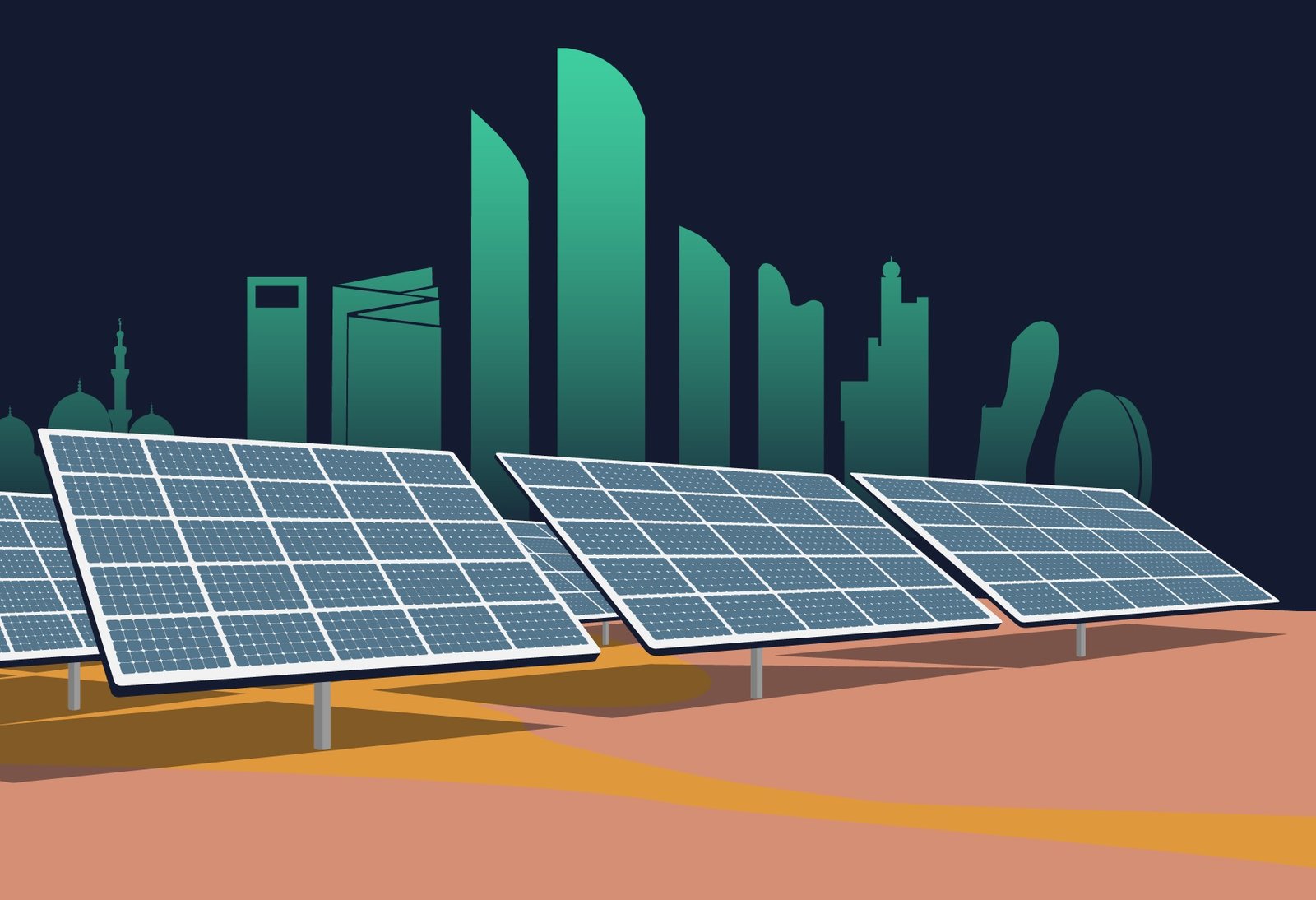Emirates Water and Electricity Company (EWEC) has signed a new 15-year power purchase agreement (PPA) to extend the life of the Shuweihat 1 (S1) power station in Abu Dhabi, in a move aimed at bolstering the emirate’s clean energy transition while ensuring power system reliability.
The agreement, announced Monday, is a major pivot in the plant’s operations. S1, currently a cogeneration facility producing both power and desalinated water, will be reconfigured into a flexible, natural gas-fired open-cycle power plant.
The transformation will strip the desalination capability and instead channel the full capacity of up to 1.1GW toward electricity generation to support intermittent renewable sources such as solar and wind.
Commercial operations of the revamped plant are scheduled to commence in 2027. The facility is located in the Al Dhafra region, roughly 250 kilometres west of Abu Dhabi city.
The decision comes as Abu Dhabi seeks to decouple water desalination from power generation and integrate greater shares of clean energy into its electricity mix.
EWEC, the UAE’s sole procurer and supplier of water and electricity in the capital, said the project was essential to ensuring grid stability amid growing reliance on solar and wind resources.
“This project highlights our collaboration with international partners to enable continued investment in utility-scale assets that support EWEC’s pivotal role in driving the UAE’s energy transition,” said Mohamed Al Marzooqi, EWEC’s Chief Asset Development and Management Officer.
The restructuring of S1 aligns with the UAE’s long-term climate goals, including its commitment to achieve net-zero emissions by 2050. The country is aiming to generate more than 50% of Abu Dhabi’s electricity from clean energy sources by 2030, up from about 13% in 2023.
Shuweihat 1 was originally brought online in 2005 under a 20-year contract. The plant is owned by Abu Dhabi National Energy Company (TAQA), which holds a 60% stake, while France’s ENGIE and Japan’s Sumitomo Corporation each own 20%.
The three partners will also continue to operate and maintain the facility, with ENGIE and Sumitomo each holding 35% of the O&M company and TAQA owning the remaining 30%.
The transformation of the plant represents a strategic deployment of “transition fuels,” allowing natural gas to serve as a bridge to renewables while lowering the carbon intensity of the overall energy mix. Open-cycle gas turbines are better suited than conventional baseload generation for rapidly responding to fluctuations in renewable supply, particularly during evening demand surges when solar output drops.
TAQA, one of the region’s largest integrated utilities, welcomed the extension as a pragmatic step toward balancing decarbonisation with supply security.
“Flexible gas power generation plays a critical role in the energy mix as a more diverse mix of renewables and clean power sources is brought online,” said Andreas Collor, Chief Operations Officer of TAQA’s Generation business. “S1 will provide power as and when needed to support increased demand spikes and the integration of renewables.”
ENGIE, a longstanding partner in the UAE’s energy sector, said the initiative reflected its global vision of combining flexible, low-carbon gas infrastructure with renewable expansion.
“S1 perfectly aligns with our Group’s vision that flexible, low-carbon intense gas-powered assets are key to ensure grid security amidst the remarkable advance of renewable power generation,” said Niko Cornelis, ENGIE’s Managing Director for the GCC.
Japan’s Sumitomo Corporation also reaffirmed its commitment to long-term investment in the UAE energy sector, noting the project’s importance to national decarbonisation plans.
“Sumitomo has been involved in the S1 project since 2008, and this extension is a natural evolution in support of the UAE’s net-zero ambitions,” said Jun Minase, Head of the company’s Overseas Energy Solution Strategic Business Unit.
Industry analysts view the move as part of a broader shift in regional power infrastructure, with Gulf states diversifying away from traditional power-water cogeneration toward modular, renewables-ready systems. In recent years, EWEC has tendered some of the world’s largest solar projects, including the 2 GW Al Dhafra solar PV plant.
The repurposing of S1 also underscores the UAE’s strategic flexibility in energy planning—leveraging existing assets while preparing for a cleaner grid. Rather than retiring aging infrastructure, operators are repurposing assets for grid resilience in a high-renewables scenario.
“The goal isn’t just clean energy, but reliable clean energy,” said one Abu Dhabi-based energy analyst. “Gas is still essential to ensure that reliability while the renewable portfolio matures.”
The development also reinforces EWEC’s mandate to deliver a secure, cost-efficient supply of electricity, in line with the Abu Dhabi Department of Energy’s Clean Energy Strategic Target 2035 and the national Energy Strategy 2050.
With more than 60% of Abu Dhabi’s power generation expected to come from low-carbon sources by 2035, EWEC is positioning itself as a central player in orchestrating the country’s complex energy transformation.





